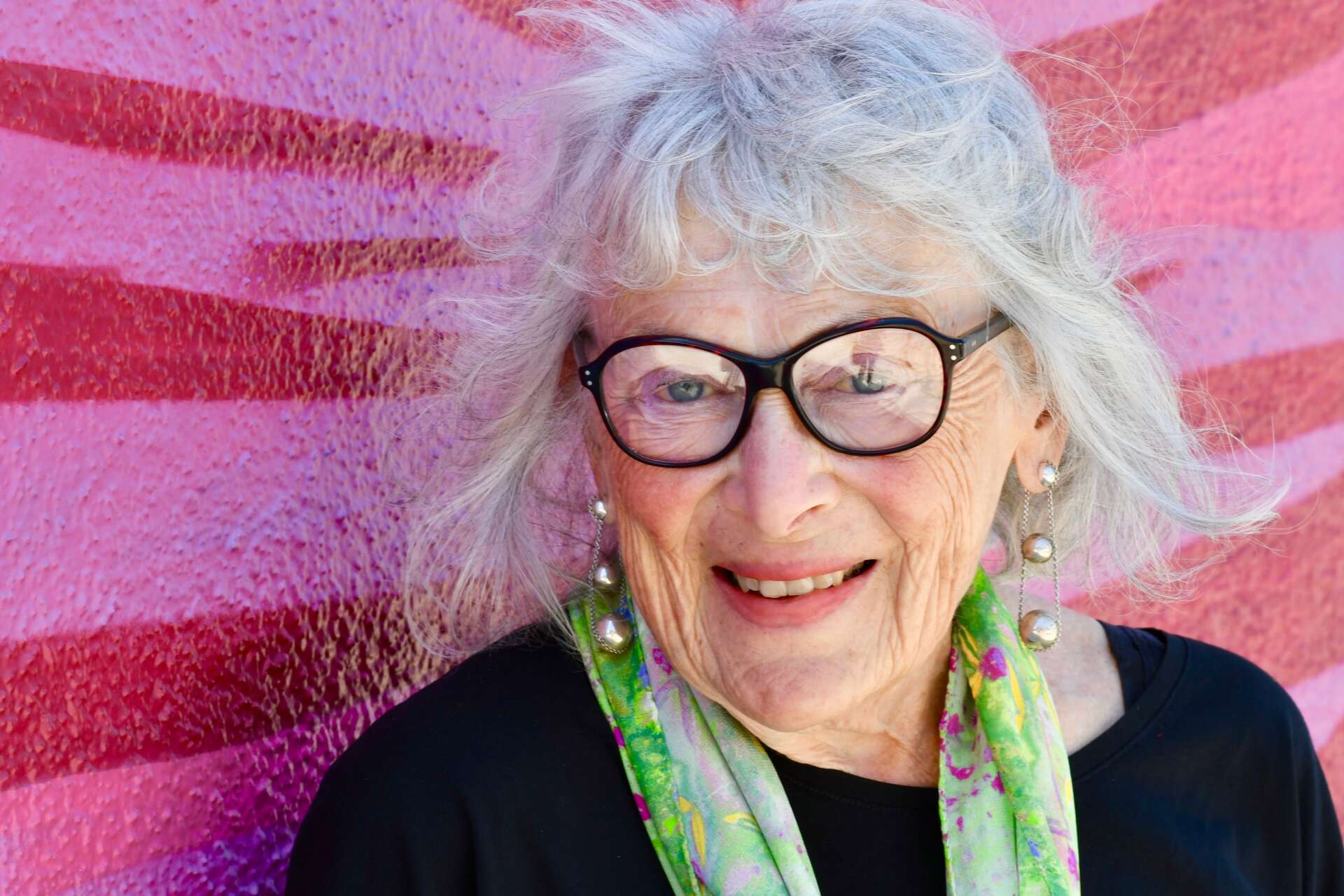We’re excited to introduce you to the always interesting and insightful Susan Rubin. We hope you’ll enjoy our conversation with Susan below.
Susan, looking forward to hearing all of your stories today. We’d love to hear the backstory behind a risk you’ve taken – whether big or small, walk us through what it was like and how it ultimately turned out.
Aaron, thanks for inviting me for an interview. As a children’s book writer I face many risks—spending time on a proposal for a subject I think kids will enjoy, yet not always convincing an editor that it’s a worthwhile project. A particular risk I took was in writing outside of my culture and race when I did a YA biography, Sing and Shout: The Mighty Voice of Paul Robeson. I had met Robeson when I was a student at the High School of Music & Art in New York. It was the McCarthy era, and Robeson’s passport had been taken away and he was prevented from continuing to perform around the world. I signed a petition demanding that his passport be returned, and it was in 1958. I felt proud to have my voice heard as I joined others in standing up for civil justice. Yet when my book was published even my agent warned me that I might be harshly criticized for tackling this subject. Instead, the book was cited on lists of children’s books recommended for fighting racism.
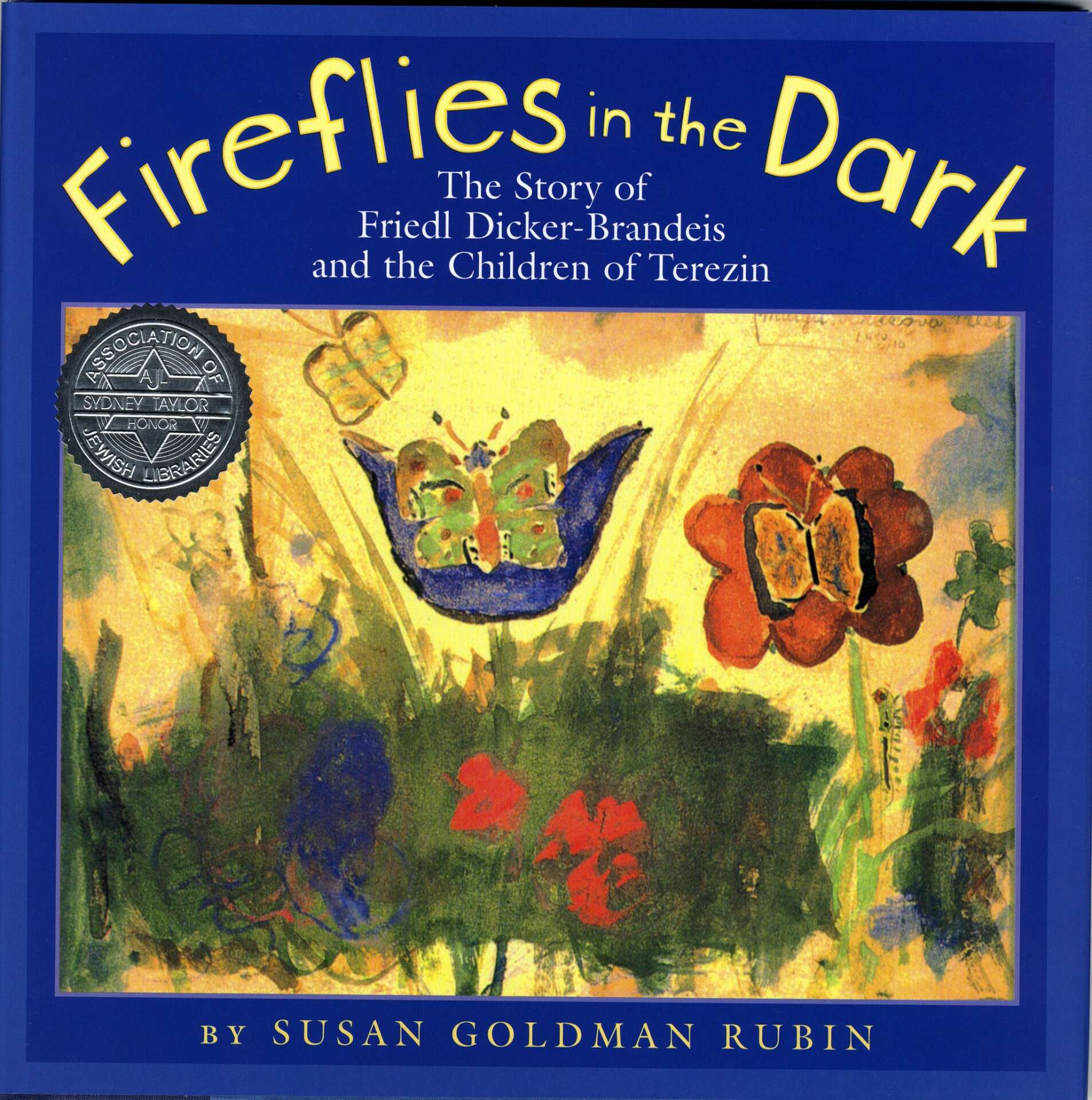
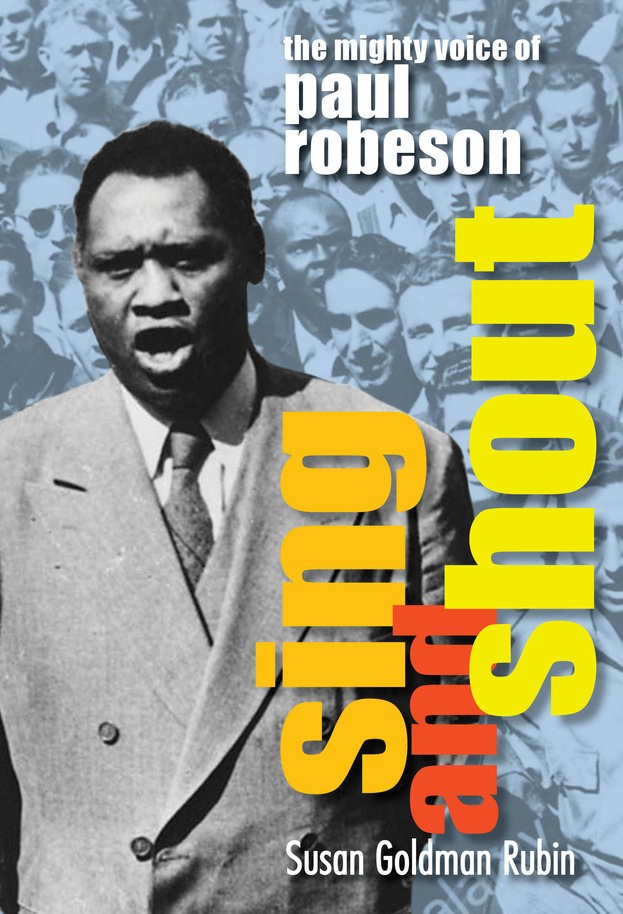
Susan, before we move on to more of these sorts of questions, can you take some time to bring our readers up to speed on you and what you do?
I grew up in New York and dreamed of becoming an artist. I began studying art as a child at the famed Art Students League. However, at Oberlin College I majored in English. Later, as a young married woman and mother in Southern California, I sent out my drawings with stories I had written to publishers, hoping to land an assignment. To my surprise, editors liked my writing as much, if not more, than my art. I wrote and illustrated my first three picture books. Fast forward to a second marriage, more children, and a move to Malibu. In 1993 we lost our house and everything in it to a wildfire. From then on, I couldn’t draw or paint, and turned to writing about artists and their work. Some of my subjects have been Degas, Diego Rivera, Maya Lin, Coco Chanel, and more recently Madame Alexander: The Creator of the Iconic American Doll.
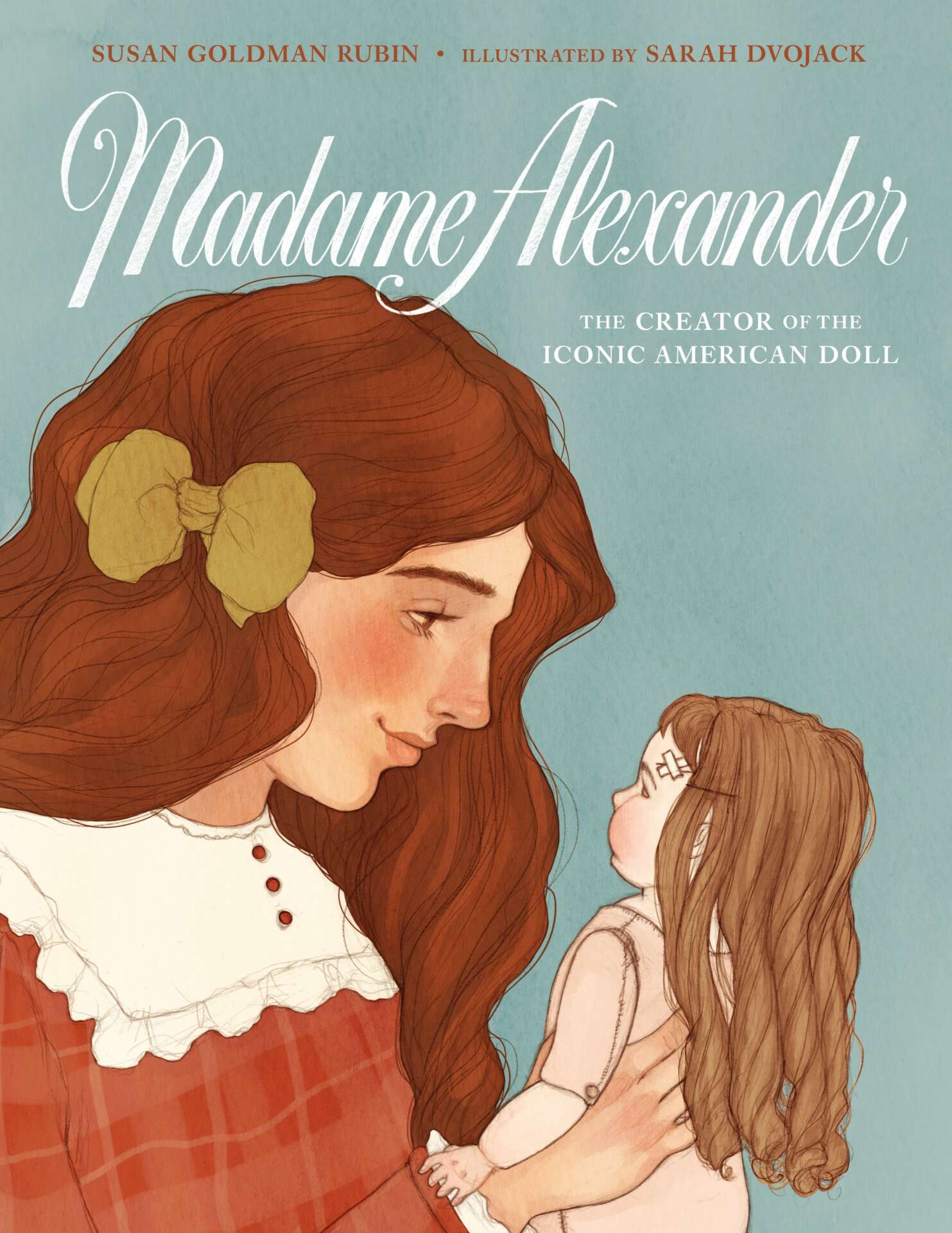
We’d love to hear a story of resilience from your journey.
Any advice for growing your clientele? What’s been most effective for you?
It’s been wonderful to give talks to school groups, and that includes virtual panel discussions with other children’s book biographers, and solo interviews. I also appreciate doing book signings at local bookstores and participating in “conversations.” A few of these events happened upon publication of my YA anthology The Women Who Built Hollywood:12 Trailblazers In Front of and Behind the Camera.
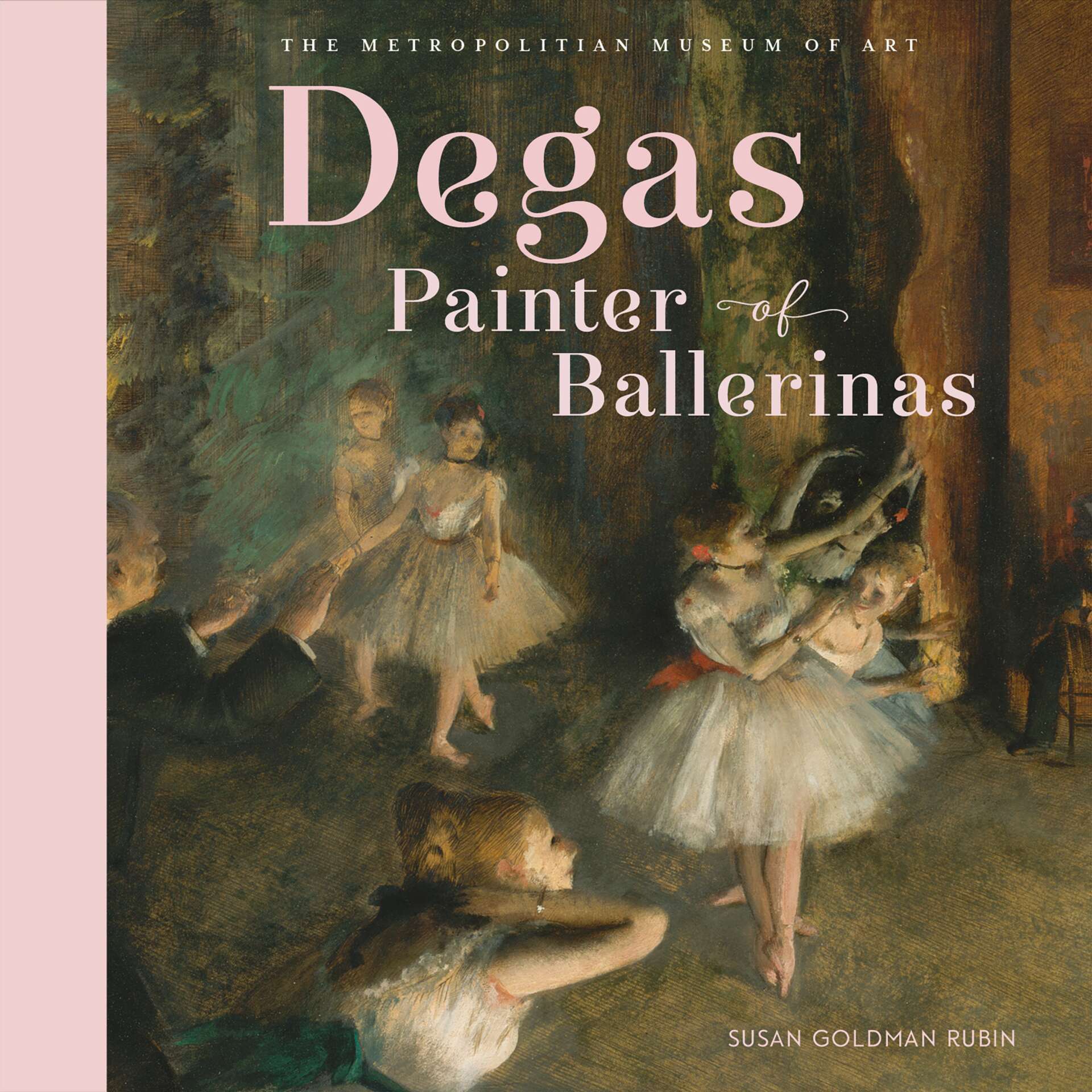
Can you share a story from your journey that illustrates your resilience?
Because of my background in art, the archivist and librarian at the Simon Wiesenthal Museum of Tolerance asked me to do a book about a woman artist and designer I had never heard of, Friedl Dicker-Brandeis. The museum owned some of Friedl’s paintings. During World War II, she and thousands of others were forced by the Nazis to move to the Terezin concentration camp near Prague, Czechoslovakia. Friedl used art as a way of helping the frightened children cope with living in appalling conditions. She and most of her students were killed at Auschwitz. I didn’t know if I was up to facing this heartbreaking subject. But I wound up traveling to Prague, visiting Terezin, and meeting some of the surviving “children,” now in their seventies, who had studied with and loved Friedl. They wanted me to tell their story and I did. The result was Fireflies in the Dark: The Story of Friedl Dicker-Brandeis and the Children of Terezin. It is one of the books I am most proud of.
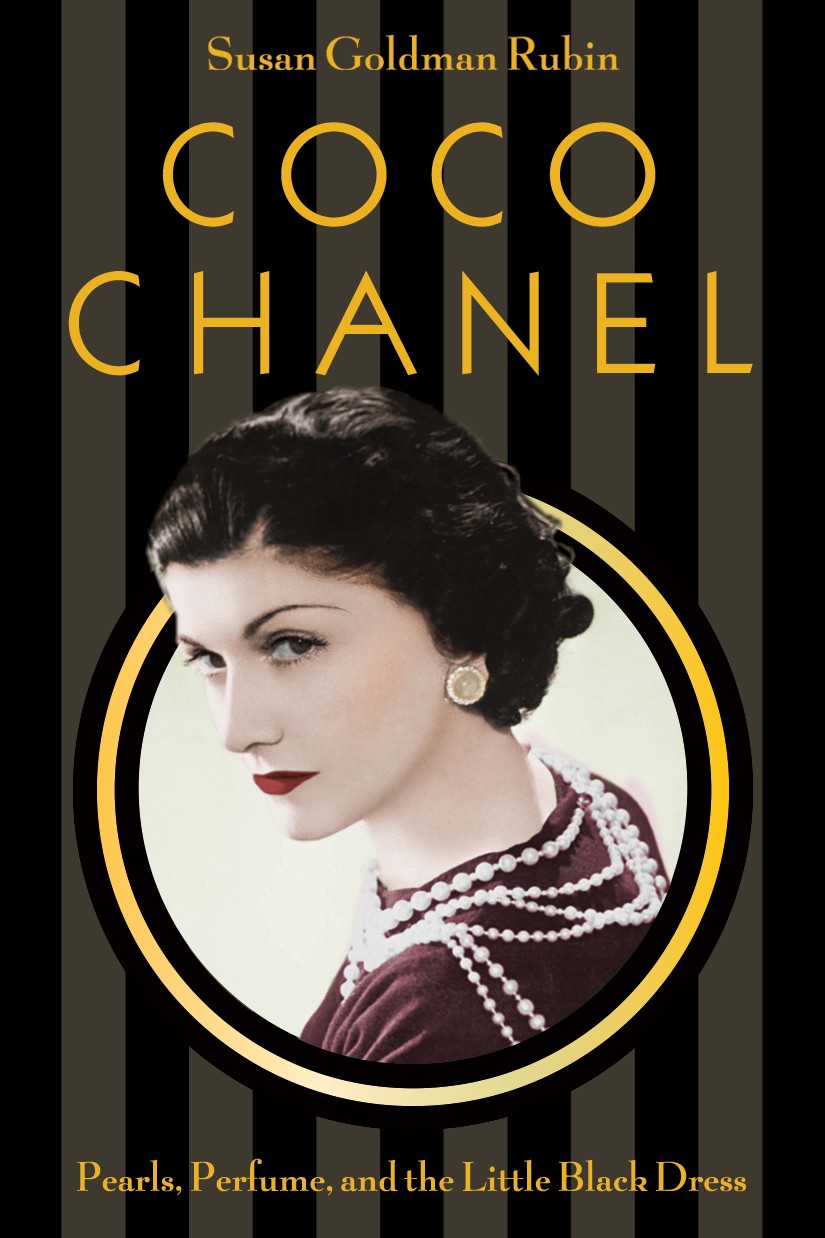
Contact Info:
- Website: www.susangoldmanrubin.com
Image Credits
The credit for my headshot is photographer/writer Sonya Sones.


